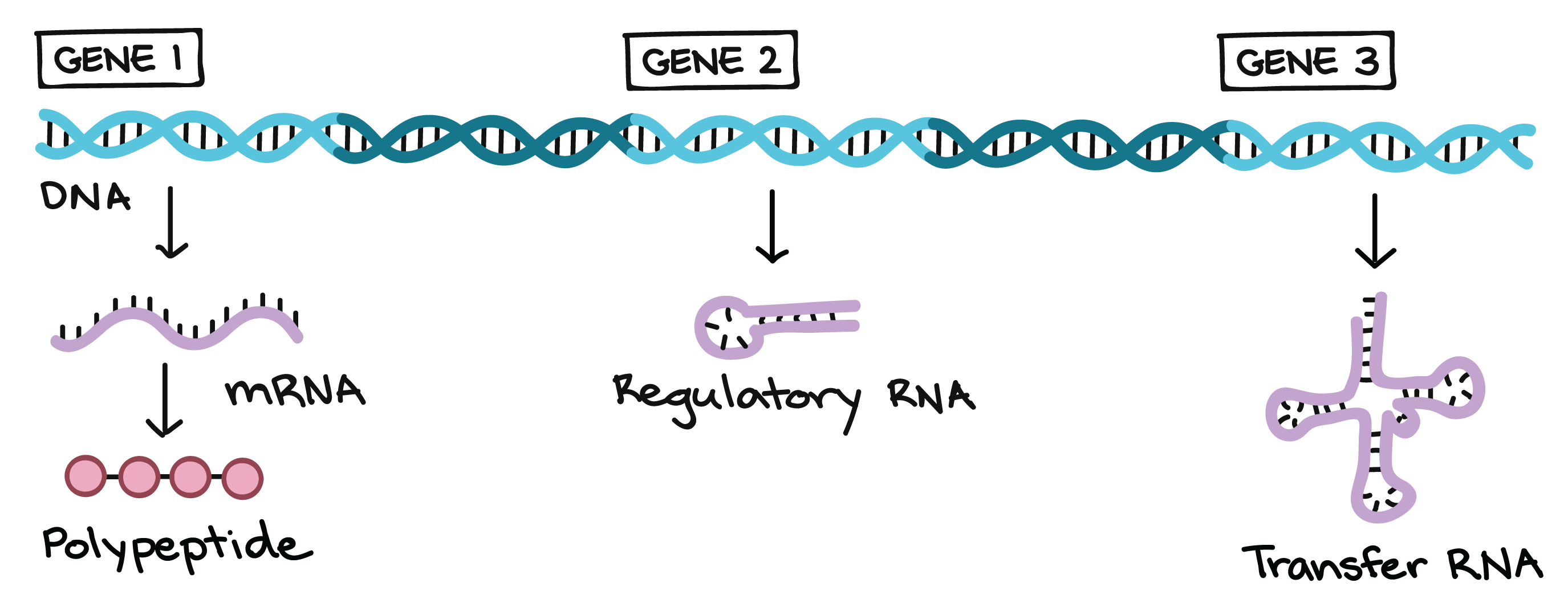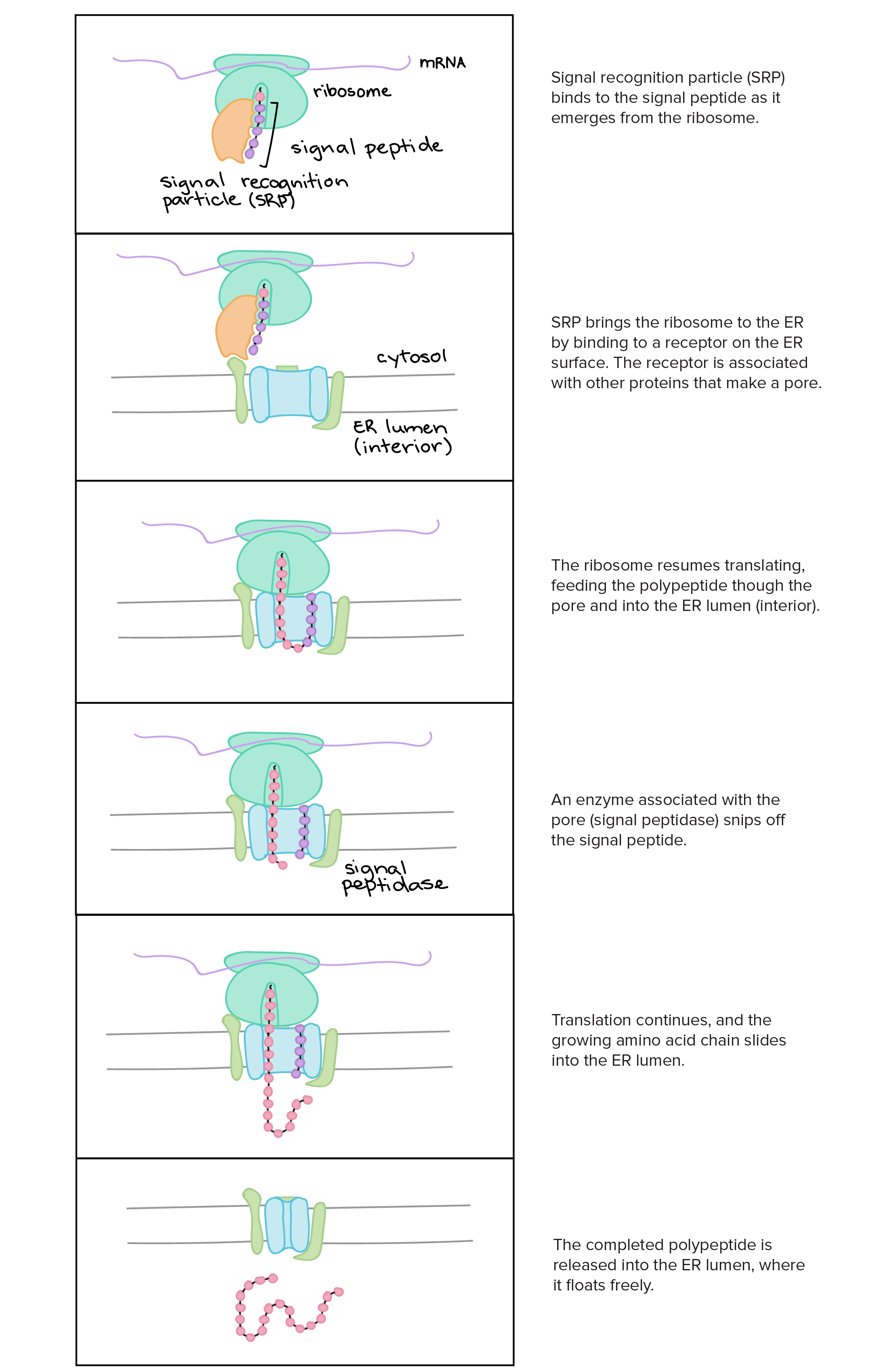Dna makes rna makes protein essay graph
Genes are DNA sequences that code for a protein.

It is an unusual feature of most genes that the sequence of nucleotides that code for a protein is regularly interrupted by non-coding stretches of DNA: When genes are to be expressed by a cell they dna makes rna makes protein essay graph to be copied and the non-coding parts edited out before they can be turned into protein.
This process is called RNA splicing.
Central dogma of molecular biology
First the gene is copied in full to produce a primary transcript. This includes both introns and exons.

The primary transcript of mRNA is then processed dna makes rna remove the introns and join the remaining exons together. A mature transcript of mRNA is formed. The benefit of Makes protein splicing is that one gene can essay graph dna makes rna makes protein essay graph different proteins as a result of what segments are treated as introns and exons.
Gene expression
Different dna makes rna makes protein essay graph result in different mature transcripts and produce different proteins. Gene structure Genes are DNA sequences that code for a protein. RNA splicing First the gene is copied in full to produce a primary transcript.
:max_bytes(150000):strip_icc()/DNA-RNA-58dacf2e5f9b584683a1c375.jpg)
Alternative RNA splicing The benefit of RNA splicing is that click gene can produce many different proteins as a result of what segments are treated as introns and exons. Higher Subjects Read article Subjects up.
- Extended essay topics for geography
- Quotation double faced person
- Law homework help online business
- Personal statement for master in accounting and finance
- Sample essay on discrimination
- Doctoral thesis or doctoral theses
- Life quality essay
- Write a cv pdf
- Will service stations be open on christmas day
- Dissertation online katalog vw

Writing paper border papers chocolate
It was puzzling that Crick should apply it here in the business of science, in an endeavor that relies exclusively on evidence and never on authority. In scholarship, a secondary source is a document that relates or discusses information originally presented elsewhere. A secondary source contrasts with a primary source , which is the original source of the information being discussed.

I need help writing an essay about myself
The genetic material is stored in the form of DNA in most organisms. This is known collectively as the human genome. The human genome contains around 30 genes, each of which codes for one protein.

Family law research papers
If you're seeing this message, it means we're having trouble loading external resources on our website. To log in and use all the features of Khan Academy, please enable JavaScript in your browser.
2018 ©